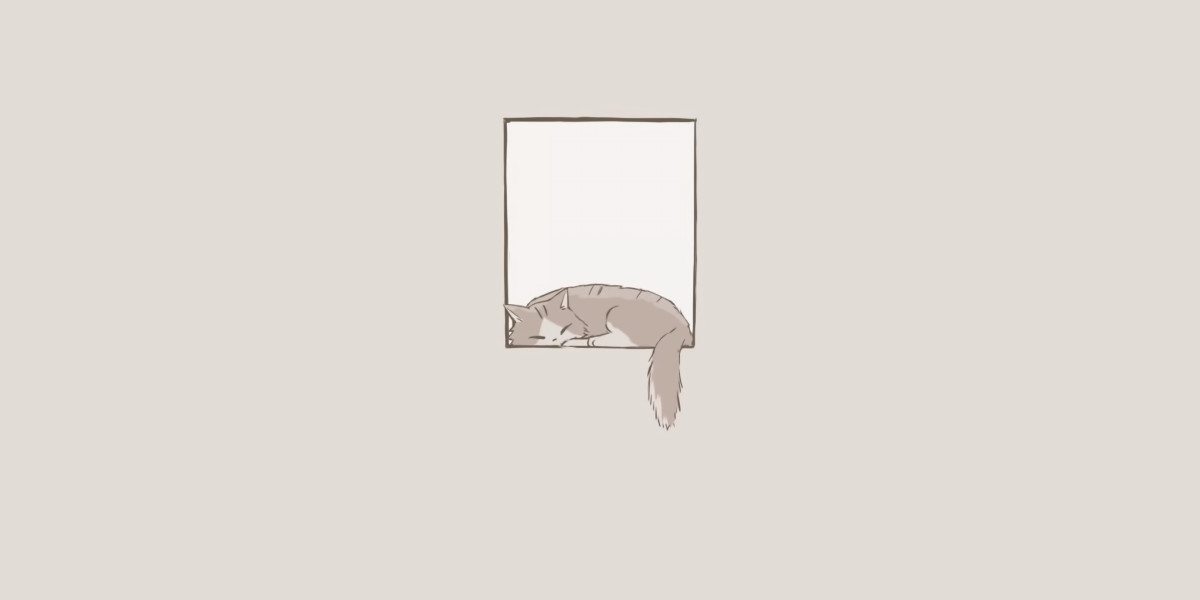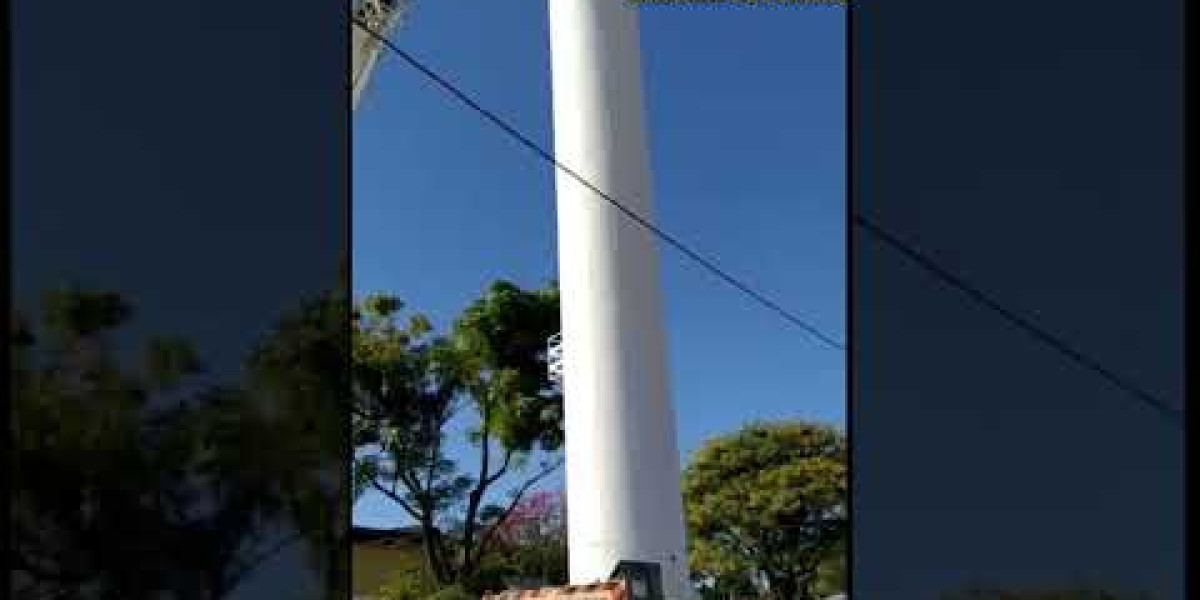When it comes to solar energy systems, the inverter plays a crucial role in converting the direct current (DC) generated by solar panels into alternating current (AC) for use in homes and businesses. However, like any electronic device, solar inverters are prone to malfunctions and failures. In this comprehensive guide, we will explore 8 familiar issues with solar inverters and provide troubleshooting tips to help you address these problems effectively.
1. Overheating
One of the most common issues with solar inverters is overheating, which can lead to reduced efficiency and even complete shutdown of the system. Overheating can be caused by excessive ambient temperatures, poor ventilation, or dust accumulation. To address this issue, ensure that the inverter is installed in a well-ventilated area and regularly clean the air intake and exhaust vents to prevent dust buildup. Additionally, consider installing a shade or using a cooling fan to regulate the temperature around the inverter.
2. DC Isolation Fault
A DC isolation fault occurs when there is a breakdown in the insulation between the DC input and the ground. This can result in the inverter shutting down to prevent electrical hazards. To troubleshoot this issue, carefully inspect the DC wiring and connections for any signs of damage or wear. It is essential to use high-quality, insulated cables and ensure proper grounding to minimize the risk of DC isolation faults.
3. Grid Voltage Variations
Fluctuations in grid voltage can cause instability in solar inverters, leading to frequent shutdowns or error messages. It is crucial to monitor the grid voltage regularly and ensure that it falls within the acceptable range specified by the inverter manufacturer. If voltage variations are detected, consider installing a voltage regulator or contacting your utility provider to address the issue.
4. Communication Errors
Many modern solar inverters are equipped with communication interfaces that allow for remote monitoring and control. However, communication errors can occur due to network issues, firmware glitches, or incompatible settings. To troubleshoot communication errors, check the network connections, update the firmware to the latest version, and verify the compatibility of communication protocols between the inverter and monitoring devices.
By addressing these common issues with solar inverters, you can ensure the optimal performance and longevity of your solar energy system. Remember to consult the manufacturer's guidelines and seek professional assistance if you encounter persistent problems with your solar inverter.








